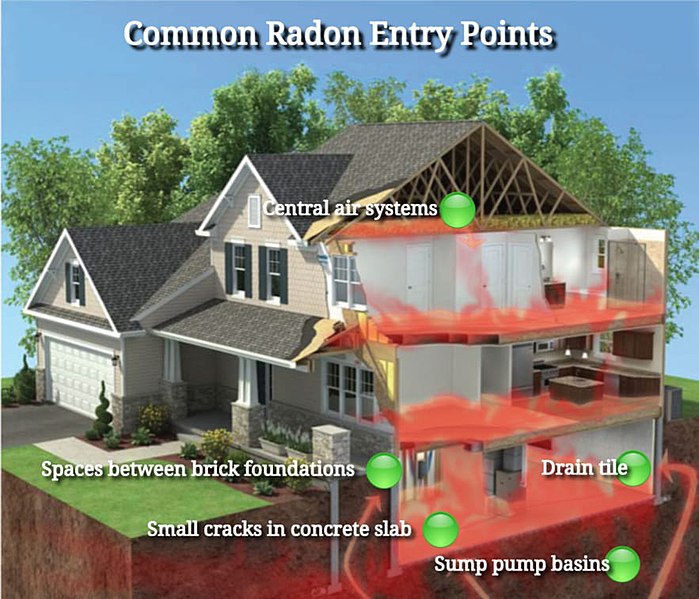Radon is a hazardous, naturally occurring radioactive gas that is colorless, odorless, and tasteless, making it difficult to detect without specialized equipment. It results from the breakdown of uranium in soil, rock, and groundwater and can seep into homes through cracks and openings in the foundation.
Being exposed to high levels of radon over extended periods can lead to serious health risks, most notably lung cancer. In fact, it is the second leading cause of lung cancer, after smoking. It is especially harmful because, when inhaled, radon decay products damage lung tissues, leading to cancer. Therefore, understanding and dealing with radon at home is of paramount importance to ensure a safe and healthy living environment.
Detecting Radon at Home
The most effective way to detect radon in a home is to test for it. Radon testing kits are available at many hardware and home improvement stores, and they are relatively easy to use. The first step is to determine where the kit should be placed in the home; this could be on the lowest level or where people spend the most time.
Once situated, the device should be left in place for at least 48 hours to allow time for any radon present to accumulate. The kit is then sent to a lab for analysis, and results are typically available within 1-2 weeks. If the level of radon present in the home is higher than 4 picocuries per liter (4 pCi/L), it’s advisable to take action and reduce the amount of radon present to protect your health.
How to Deal with Radon at Home
If the radon levels in your home exceed the safe threshold, it’s important to take action. The most effective way to reduce radon is through a process called mitigation. This involves sealing any cracks or openings where the radon may be entering and installing a system that can draw the gas away from the house and safely vent it to the outside environment. Radon mitigation services are available from certified professionals who can install these systems effectively.
For more information on radon, its health effects, and how to detect and deal with it, you should speak to a qualified radon professional in your area. In Littleton, Colorado, residents can contact radon mitigation services for assistance in protecting their homes against this potentially dangerous gas.
Prevention of Radon Invasion
While testing and mitigation are the best means of dealing with radon invasion, some preventative measures can be taken. These include inspecting the home for signs of water damage or cracks in the foundation, ensuring adequate ventilation, and not disturbing soil near the house.
Aside from these preventative measures, it is also important to be aware of the potential health risks associated with radon exposure. While levels of radon may vary in different locations, there is no safe threshold for this gas. Therefore, regular testing and mitigation are essential steps to ensure that your home remains a safe and healthy living environment.
These tips should help you understand how to detect and deal with radon at home. By following these steps, you can protect your family from the potentially harmful effects of this hazardous gas.
If you live in a high-risk area for radon exposure or think that you may have already been exposed, it is important to consult with a qualified professional and follow all necessary precautions to ensure a safe living environment. Protecting your home from the dangers of radon should be a top priority for all homeowners.
Do you have any questions about radon detection and mitigation? Please do not hesitate to get in touch with us. You can reach out to us for help and advice. We look forward to hearing from you!

